When venturing into the realm of investment property, it’s crucial to have a compass that guides you towards profitable opportunities. Think of rental yield as that compass, pointing you in the direction of financial success. By considering rental yield as your key factor when purchasing investment property, you are essentially equipping yourself with the tools to navigate the complex landscape of real estate investments. But why is rental yield so important? Well, my friend, it’s not just about the numbers; it’s about securing a steady stream of income that will help you build wealth over time. So, let’s delve into the world of rental yield and discover why it should be at the forefront of your investment decisions.
Importance of Rental Yield
The importance of rental yield cannot be overstated when it comes to making informed decisions about investing in a property. Rental yield is a crucial factor for real estate investors as it helps them determine the potential return on investment (ROI) of a rental property. By calculating the rental yield, investors can assess the property’s cash flow and evaluate its profitability.
To calculate the rental yield, you need to divide the property’s annual rental income by its market value and express it as a percentage. This calculation provides a clear picture of how much rental income the property generates compared to its value. A higher rental yield indicates a better return on investment, while a lower rental yield suggests a lower cash flow.
Understanding the rental yield is essential when considering an investment property. It allows you to compare different properties and assess their potential profitability. A good rental yield is subjective and depends on various factors such as property condition, market value, and rental prices in the area. Therefore, it is crucial to analyze the rental yield in relation to the specific market conditions and your investment goals.
Calculating Rental Yield
When considering an investment property, understanding how to calculate rental yield is crucial for evaluating its potential returns and profitability. Rental yield is a key metric that helps investors assess the income-generating potential of a property investment. There are two main types of rental yield: gross rental yield and net rental yield.
Gross rental yield is calculated by dividing the annual rental income by the property’s market value or purchase price. This metric provides a snapshot of the property’s rental income as a percentage of its overall value. It does not take into account the annual expenses associated with the property.
On the other hand, net rental yield, also known as the capitalization rate or cap rate, factors in the annual expenses related to the property. To calculate net rental yield, deduct the annual expenses from the rental income and divide the result by the market value or purchase price. This metric provides a more accurate representation of the property’s income potential, considering the costs associated with its operation.
Factors Affecting Rental Yield
Factors such as house price growth, local market conditions, demographic factors, areas with universities, affordability, property type, and location all play a significant role in affecting rental yield. House price growth is a crucial factor to consider when assessing rental yield. Higher property prices can potentially lower the rental yield, as the rental income may not be sufficient to cover the property value. Local market conditions and demographic factors also impact rental yields. Areas with strong rental demand and limited supply tend to have higher rental yields. Additionally, areas with universities often experience high rental demand from students, leading to higher rental yields. Affordability is another key factor affecting rental yield. In regions with high property prices and low rental income, the rental yield may be lower. Property type and location are also significant determinants of rental yield. Different property types and locations have varying rental demand and property prices, which can greatly influence rental yield. Therefore, when considering investment property, it is essential to carefully evaluate these factors to maximize rental yield and make informed investment decisions.
Finding Properties With High Rental Yields
To find investment properties with high rental yields, it is crucial to carefully analyze key factors such as property condition, market value, and rental prices. These factors play a significant role in determining the potential rental income and overall profitability of a real estate investment. Here are some strategies to help you identify properties with high rental yields:
- Conduct thorough market research: Explore the property market in your desired location and look for areas with strong rental demand and potential for market growth. Analyze market trends, vacancy rates, and rental prices to assess the income potential of a property.
- Evaluate property condition: A well-maintained property is more likely to attract tenants and command higher rental prices. Consider the age, condition, and any necessary repairs or renovations that may affect rental income.
- Calculate rental yields: Use tools such as Stessa or Roofstock’s spreadsheet to accurately calculate the rental yield of a property. This will help you compare different properties and make informed decisions based on their potential returns.
- Seek professional advice: Consult with real estate agents or property investment experts who have a deep understanding of the local market. They can provide insights on rental yields, capital growth, and other factors that may impact your investment.
Maximizing Rental Yields
To maximize rental yields for your investment property, it is important to implement strategies that optimize the cash generated compared to the property’s cost or value. Maximizing rental yields involves finding ways to increase rental income and minimize operating expenses.
One way to maximize rental yields is by choosing a property in a market with strong capital growth. This ensures that the value of your investment property appreciates over time, increasing your potential return. Additionally, investing in a property with good net rental yield can help generate consistent monthly rental income.
Another strategy to maximize rental yields is setting the rent at a fair market rate. Conducting thorough market research can help you determine the optimal rent that is competitive yet profitable. It is essential to strike a balance between attracting tenants and ensuring a good return on investment.
Furthermore, investing in property improvements can increase rental yields. Upgrading the property with amenities and features that are in high demand among tenants can justify higher rental rates. These improvements can also help attract quality tenants and minimize vacancy periods.
Rental Yields Vs. Capital Growth
When comparing rental yields and capital growth, it is important to understand the key differences between these two factors in real estate investment.
- Rental yield measures the cash generated from an investment property compared to its cost or value, while capital growth refers to the increase in value of an asset or investment over time.
- Gross rental yield is calculated before deducting operating expenses, whereas net rental yield (or cap rate) is calculated after deducting operating expenses.
- Rental yield is the annual rent as a proportion of the property’s market value, whereas capital growth is a long-term consideration related to the increase in the property’s value over time.
- Factors affecting rental yield include property condition, market value, and rental prices, while factors affecting capital growth include market conditions and demographic factors.
Rental yield and capital growth are two important factors to consider when investing in property. Rental yield provides insight into the short- and medium-term cash flow potential of a rental property. It helps determine the property’s income-generating capability and whether it can cover expenses such as mortgage payments, taxes, and maintenance costs. On the other hand, capital growth focuses on the long-term appreciation of the property’s value. It is influenced by market conditions, demand, and economic factors. While rental yield provides immediate returns, capital growth can lead to substantial wealth accumulation over time. Therefore, a balanced strategy that considers both rental yield and capital growth is crucial for successful real estate investing.
Making Informed Investment Decisions
To make informed investment decisions, it is crucial to carefully analyze rental yield and consider various factors that can impact the profitability of a rental property. Rental yield is a key metric that measures the cash generated from an investment property compared to its cost or value. It provides valuable insights into the potential return on investment and helps investors assess the financial viability of a rental property.
Calculating rental yield can be done using free tools such as Stessa and Roofstock’s spreadsheet. These tools can help track real estate investments and accurately determine rental yield. Factors such as property condition, market value, and rental prices play a significant role in determining rental yield. It is important to consider these factors when evaluating the potential rental income of a property.
A good rental yield is subjective, but it is generally considered to be around 6-7%. Higher yielding properties are often found in the Midwest and Sun Belt regions, according to estimates provided by Roofstock Marketplace. However, it is essential to remember that rental yield is just one aspect to consider when making investment decisions.
To increase rental yield, it is important to charge fair market rent, make necessary renovations, and continuously analyze and optimize expenses. By doing so, investors can maximize their return on investment and ensure the profitability of their rental property. Ultimately, making informed investment decisions based on rental yield analysis can lead to successful real estate ventures.
Conclusion
In conclusion, when buying an investment property, rental yield should be your top consideration. By focusing on rental yield, you can assess the cash generated by the property and make informed investment decisions. Remember to consider factors such as property condition, market value, and rental prices. Finding properties with high rental yields will maximize your investment potential. So, don’t settle for anything less than a rental yield that will have you swimming in cash!

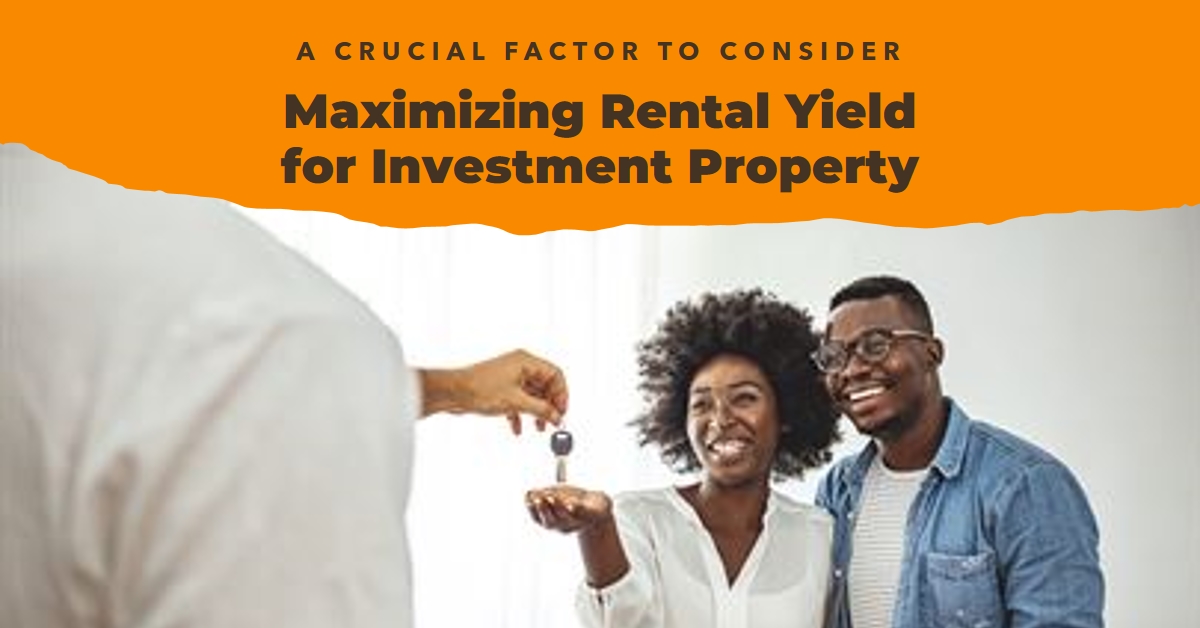

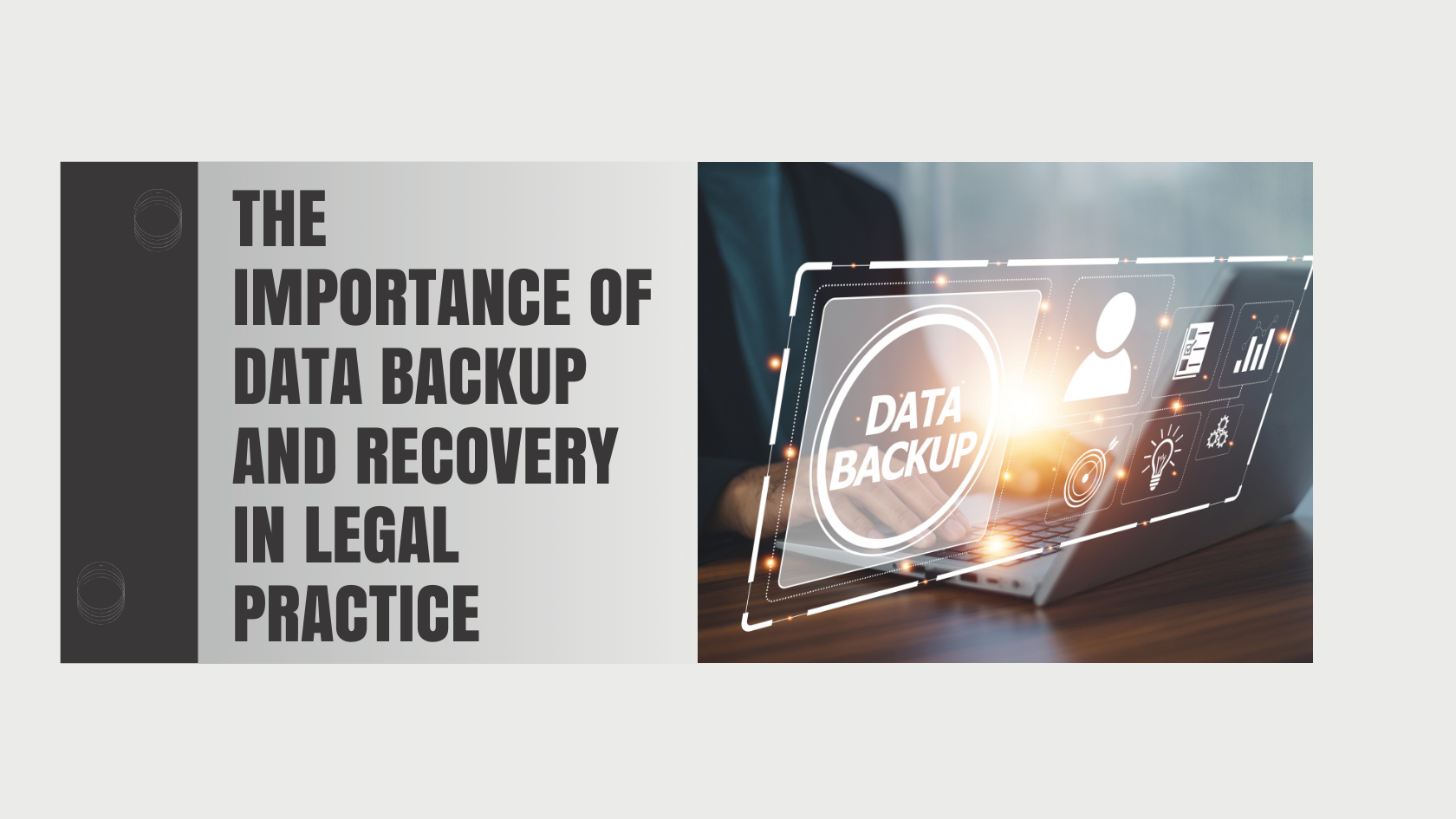


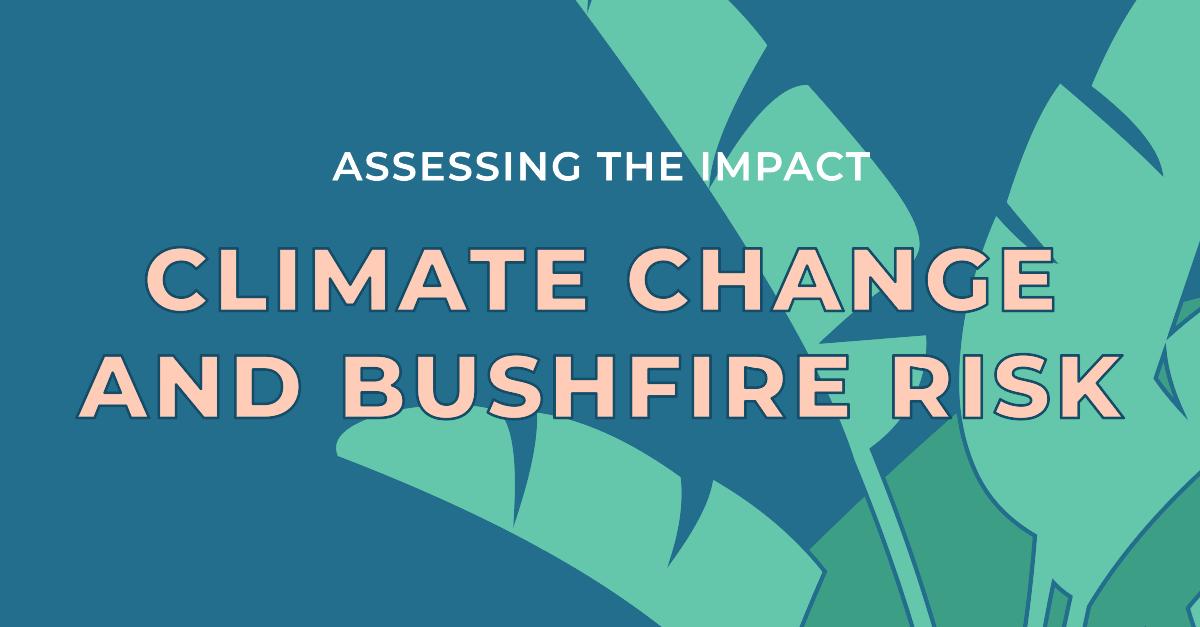
















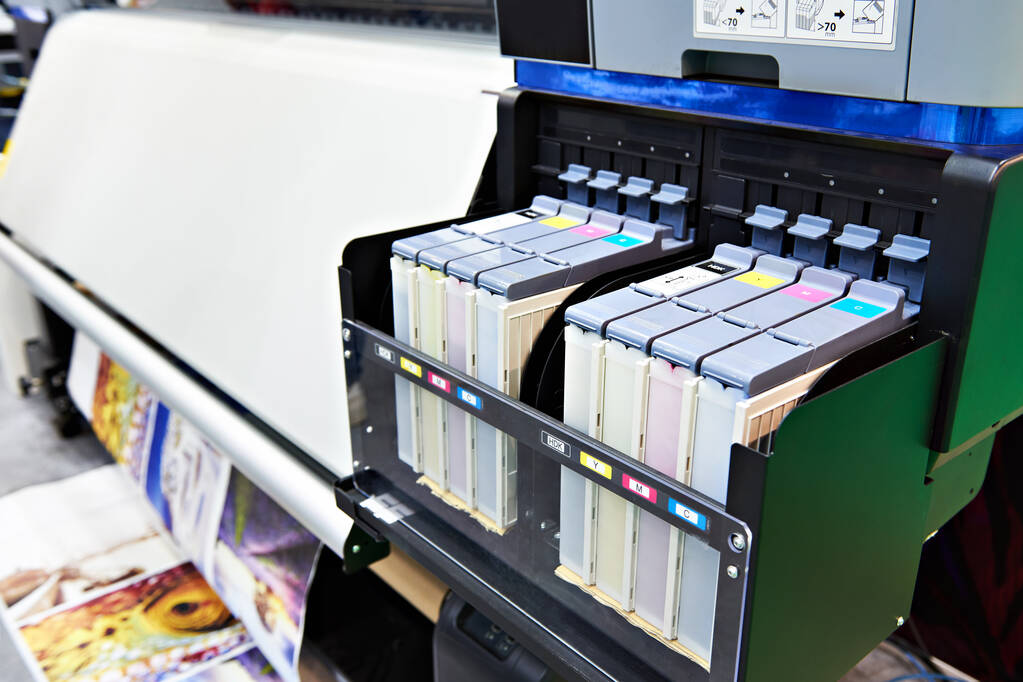





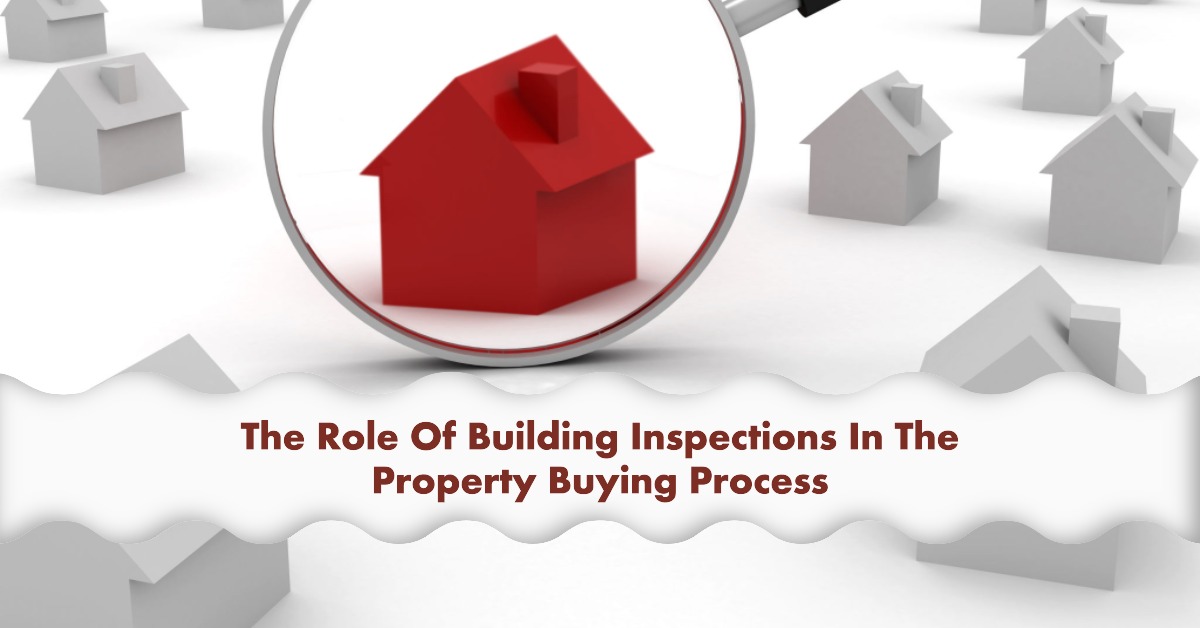

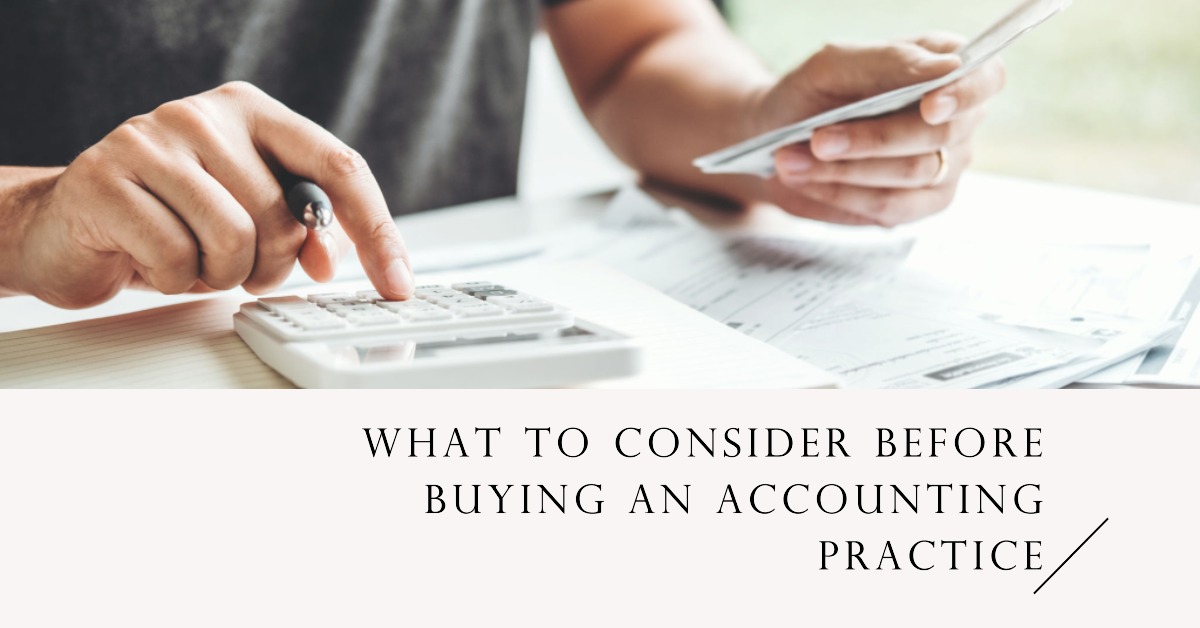











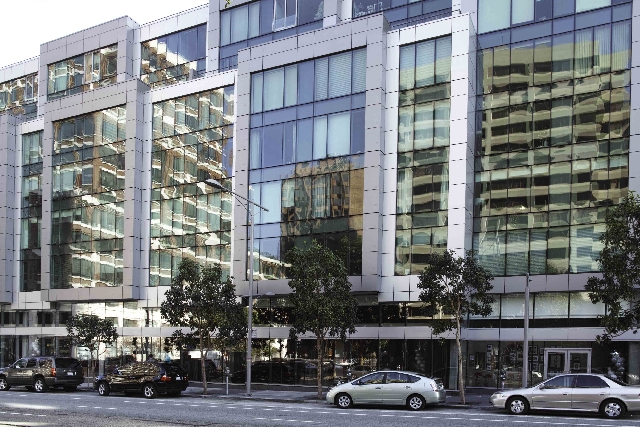


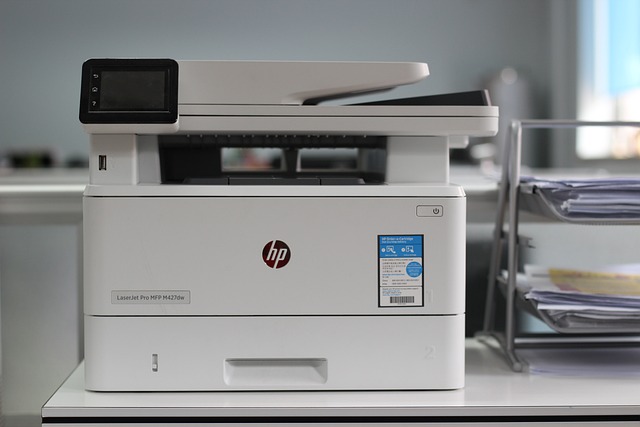
























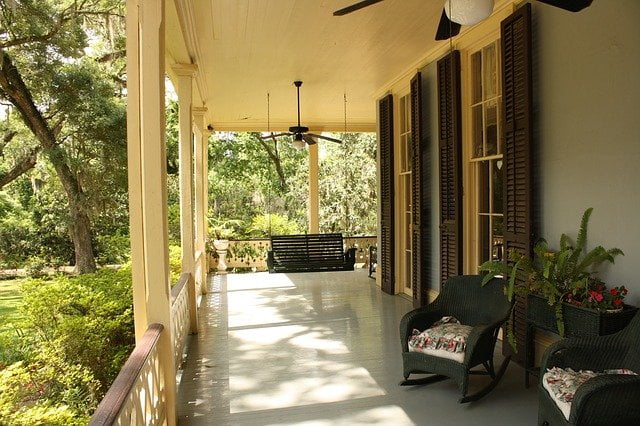

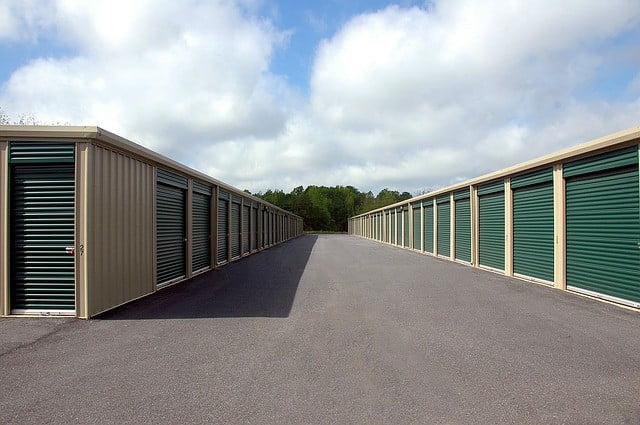



0